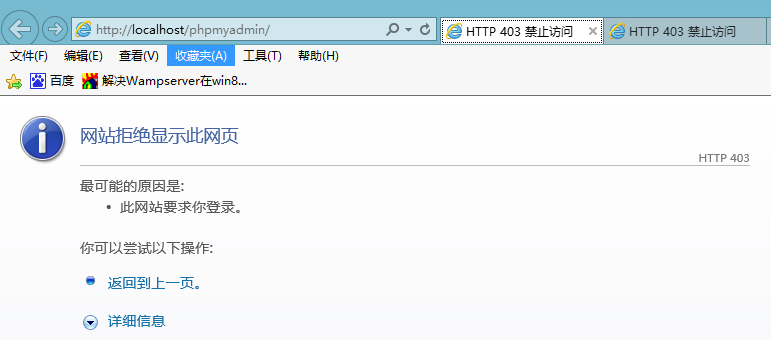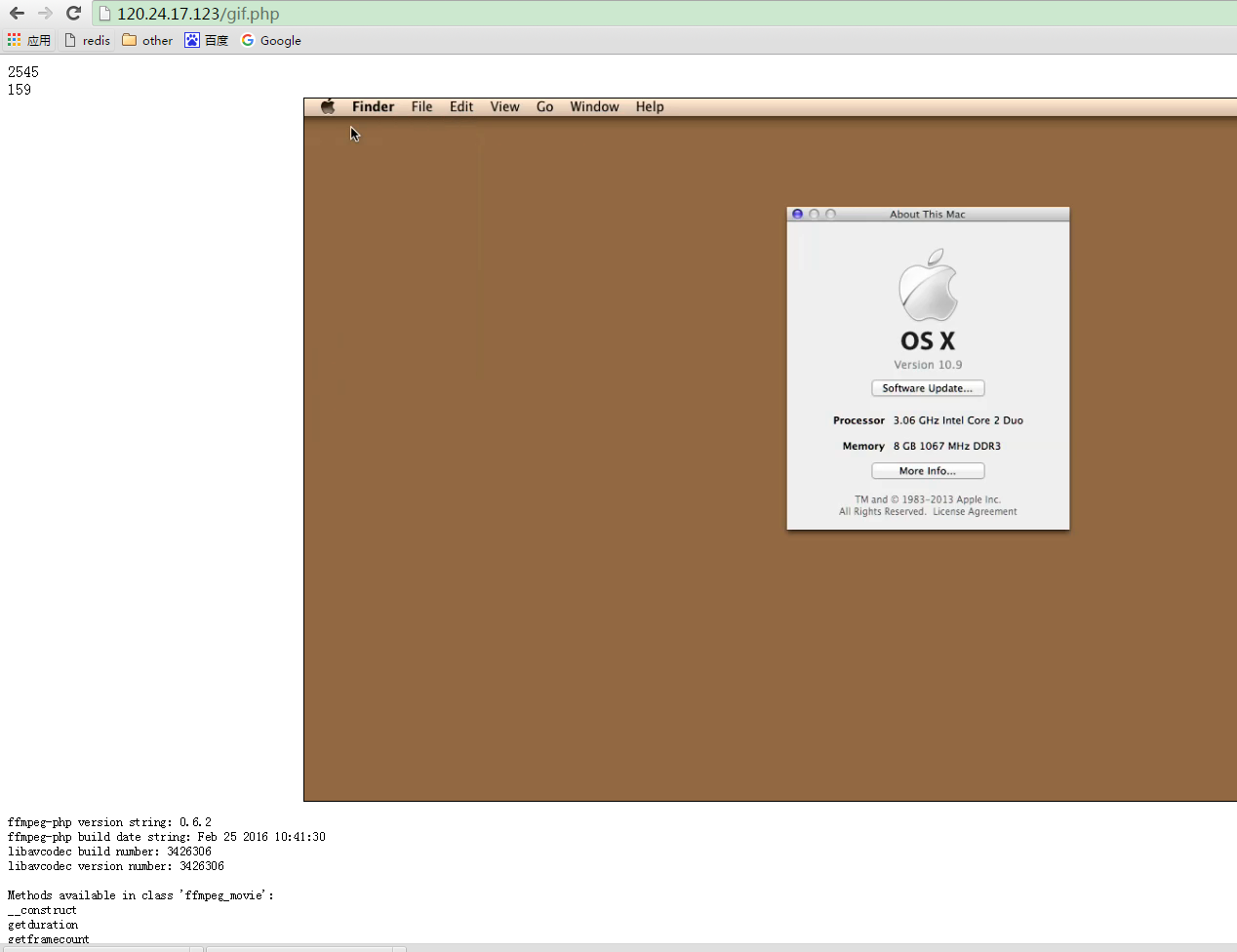详解WordPress开发中wp_title()函数的用法
wp_title 函数在 WordPress 中是用来显示文章、页面、分类等等等等标题的一个函数,但在首页索引,该函数将不显示任何的东西。该函数在 WordPress 官方主题中一直被使用,但目前很多定制的主题中这个函数总是为忽视。
函数意义详解
wp_title 函数用来显示页面的标题,如在文章页面,则显示文章标题;在分类页面,则显示分类名称,但在首页索引,该函数将不显示任何的东西。
有点像 WordPress 中的 get_the_title 和 single_cat_title()这两个函数的自适应用法(自动判断是页面、文章还是分类、归档、标签)。
函数声明
有点长,希望您能耐心看一遍,哪怕只有那么一遍。
/**
* Display or retrieve page title for all areas of blog.
*
* By default, the page title will display the separator before the page title,
* so that the blog title will be before the page title. This is not good for
* title display, since the blog title shows up on most tabs and not what is
* important, which is the page that the user is looking at.
*
* There are also SEO benefits to having the blog title after or to the 'right'
* or the page title. However, it is mostly common sense to have the blog title
* to the right with most browsers supporting tabs. You can achieve this by
* using the seplocation parameter and setting the value to 'right'. This change
* was introduced around 2.5.0, in case backwards compatibility of themes is
* important.
*
* @since 1.0.0
*
* @param string $sep Optional, default is '»'. How to separate the various items within the page title.
* @param bool $display Optional, default is true. Whether to display or retrieve title.
* @param string $seplocation Optional. Direction to display title, 'right'.
* @return string|null String on retrieve, null when displaying.
*/
function wp_title($sep = '»', $display = true, $seplocation = '') {
global $wpdb, $wp_locale;
$m = get_query_var('m');
$year = get_query_var('year');
$monthnum = get_query_var('monthnum');
$day = get_query_var('day');
$search = get_query_var('s');
$title = '';
$t_sep = '%WP_TITILE_SEP%'; // Temporary separator, for accurate flipping, if necessary
// If there is a post
if ( is_single() || ( is_home() && !is_front_page() ) || ( is_page() && !is_front_page() ) ) {
$title = single_post_title( '', false );
}
// If there's a category or tag
if ( is_category() || is_tag() ) {
$title = single_term_title( '', false );
}
// If there's a taxonomy
if ( is_tax() ) {
$term = get_queried_object();
$tax = get_taxonomy( $term->taxonomy );
$title = single_term_title( $tax->labels->name . $t_sep, false );
}
// If there's an author
if ( is_author() ) {
$author = get_queried_object();
$title = $author->display_name;
}
// If there's a post type archive
if ( is_post_type_archive() )
$title = post_type_archive_title( '', false );
// If there's a month
if ( is_archive() && !empty($m) ) {
$my_year = substr($m, 0, 4);
$my_month = $wp_locale->get_month(substr($m, 4, 2));
$my_day = intval(substr($m, 6, 2));
$title = $my_year . ( $my_month ? $t_sep . $my_month : '' ) . ( $my_day ? $t_sep . $my_day : '' );
}
// If there's a year
if ( is_archive() && !empty($year) ) {
$title = $year;
if ( !empty($monthnum) )
$title .= $t_sep . $wp_locale->get_month($monthnum);
if ( !empty($day) )
$title .= $t_sep . zeroise($day, 2);
}
// If it's a search
if ( is_search() ) {
/* translators: 1: separator, 2: search phrase */
$title = sprintf(__('Search Results %1$s %2$s'), $t_sep, strip_tags($search));
}
// If it's a 404 page
if ( is_404() ) {
$title = __('Page not found');
}
$prefix = '';
if ( !empty($title) )
$prefix = " $sep ";
// Determines position of the separator and direction of the breadcrumb
if ( 'right' == $seplocation ) { // sep on right, so reverse the order
$title_array = explode( $t_sep, $title );
$title_array = array_reverse( $title_array );
$title = implode( " $sep ", $title_array ) . $prefix;
} else {
$title_array = explode( $t_sep, $title );
$title = $prefix . implode( " $sep ", $title_array );
}
$title = apply_filters('wp_title', $title, $sep, $seplocation);
// Send it out
if ( $display )
echo $title;
else
return $title;
}
用法
<?php wp_title( $sep, $echo, $seplocation ); ?>
参数详解
- $sep:分隔符;
- $echo:是否显示;
- $seplocation:分隔符所在位置(左还是右,只接受'right',如果不是right自动判定为左)
总结
WordPress 中相同功能的函数有很多,都是从基层到高级不断的经过封装最后到达使用层的,当然如果我们需要一些灵活用法的话,我们可以直接用中间那层的函数,如果我们懒的话我们可以直接使用最高级的那层函数,诸如本函数 wp_title ,其实这个函数我们从源代码来看, wp 替我们针对 分类、标签、文章、归档、作者、页面等多种类型的页面进行了判断,并根据不同页面调用不同的标题函数来达到目的。
如果有时间,您可以对下面几个函数进行深入研究一下,一遍更灵活的进行seo
single_post_title 文章页面提取标题的函数
single_term_title tag(标签)、cat(分类)、日期、提取标题的函数 类似于 single_cat_title()函数
get_queried_object 作者页面提取对象的函数(对象中有作者名)
post_type_archive_title()规档等等提取标题的函数
还等什么?
GO GO GO !


